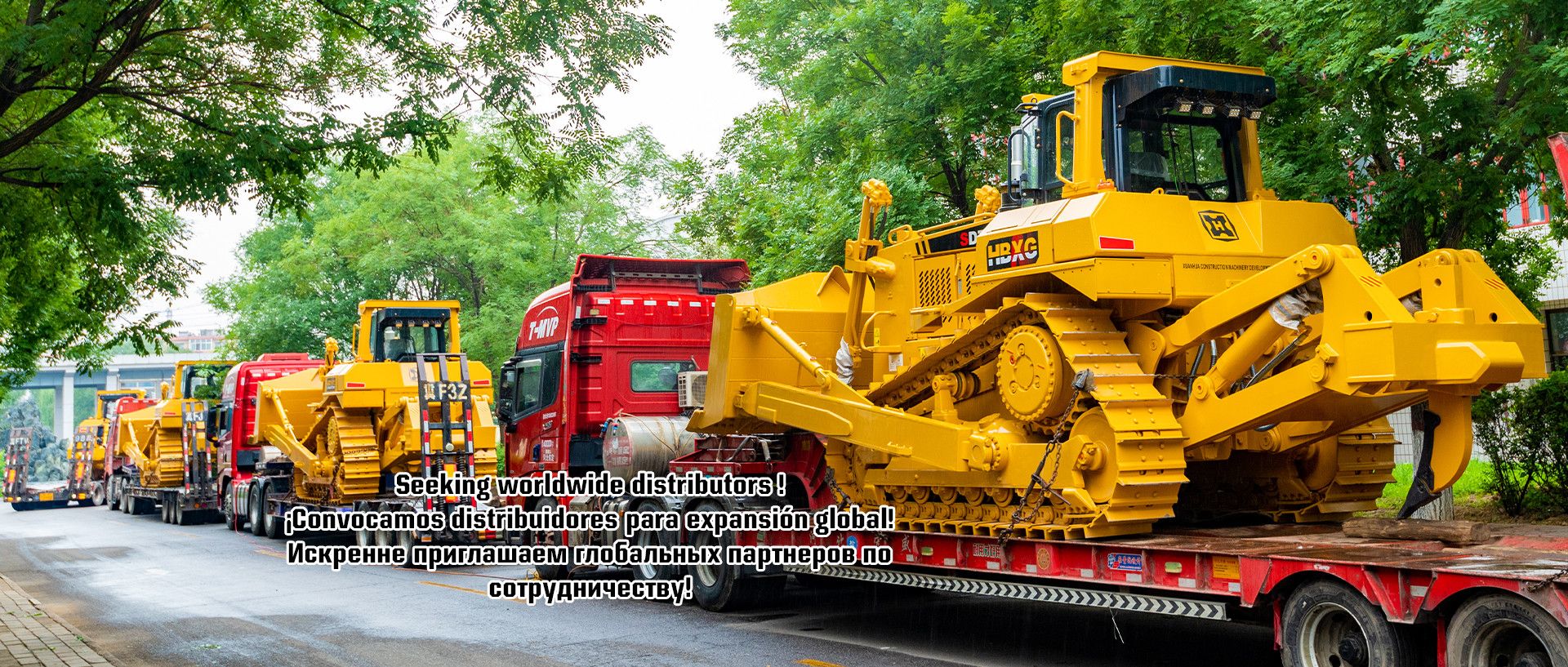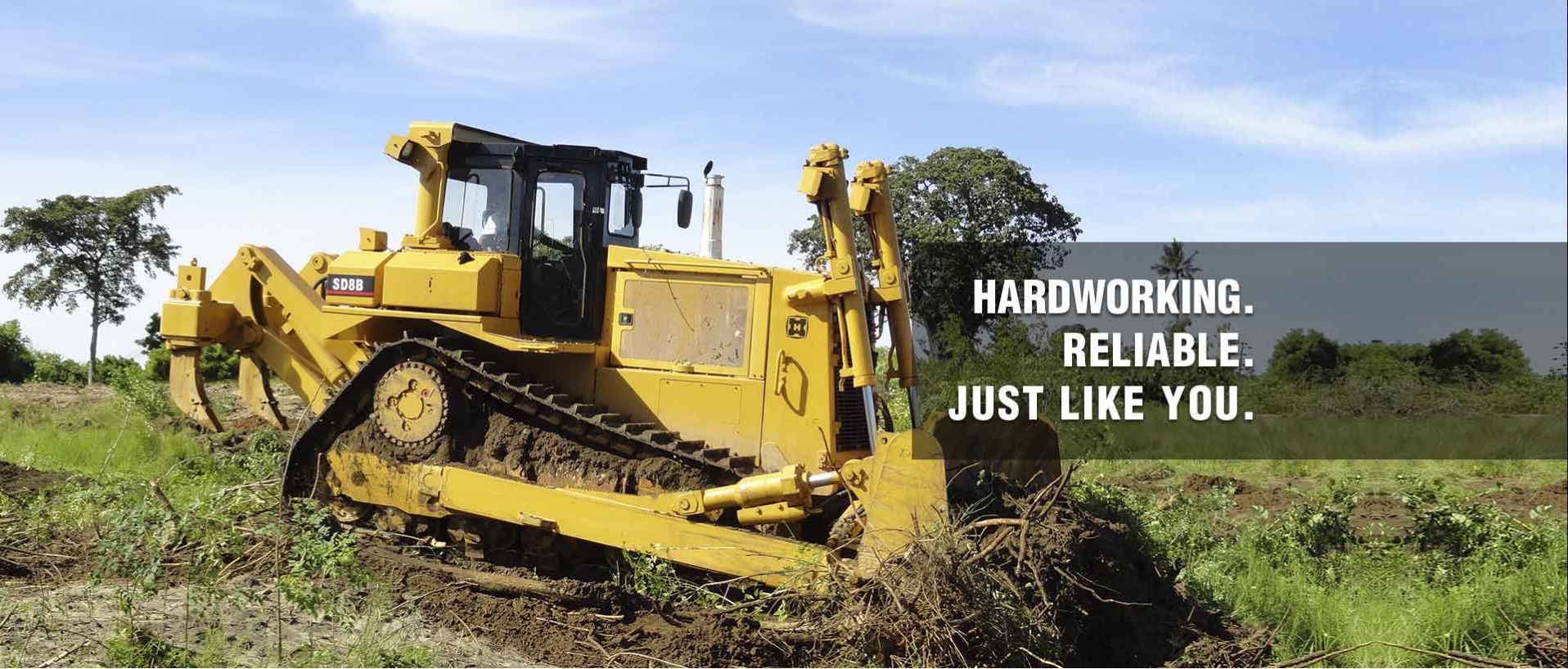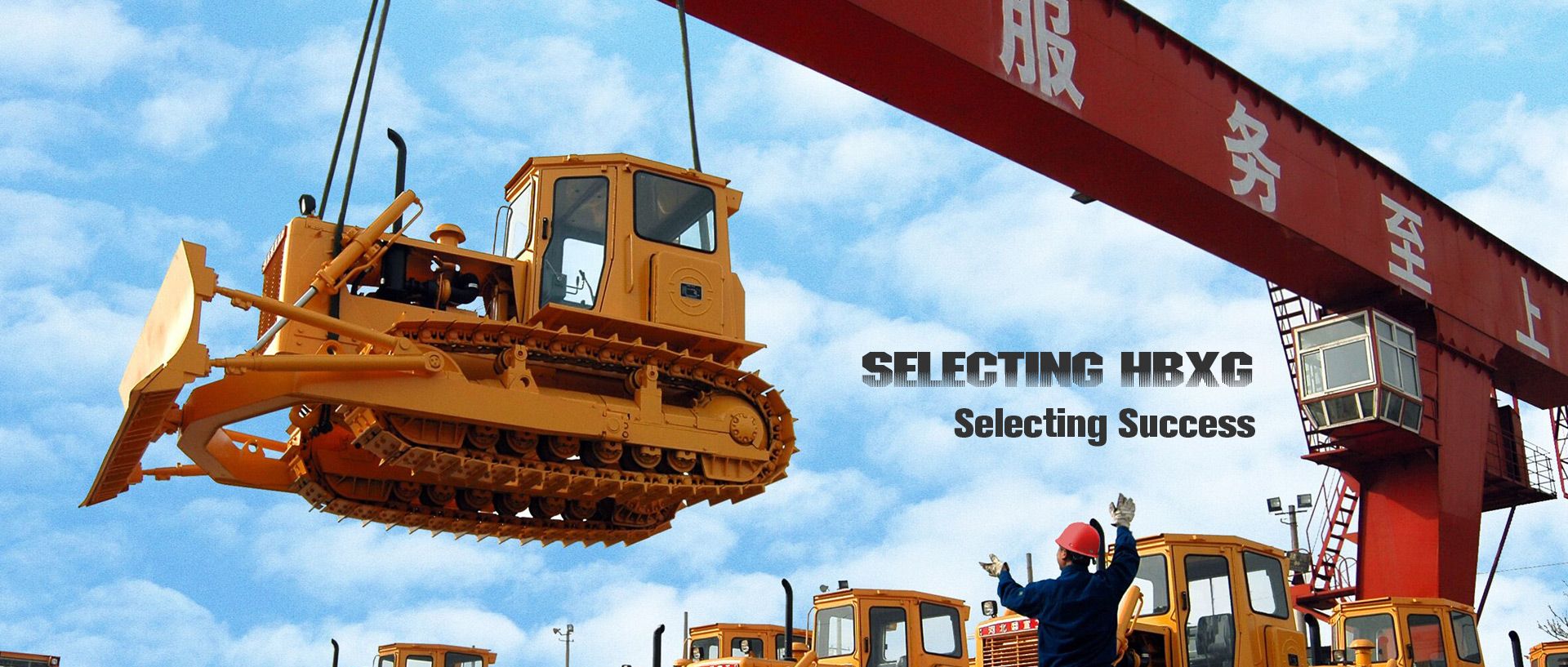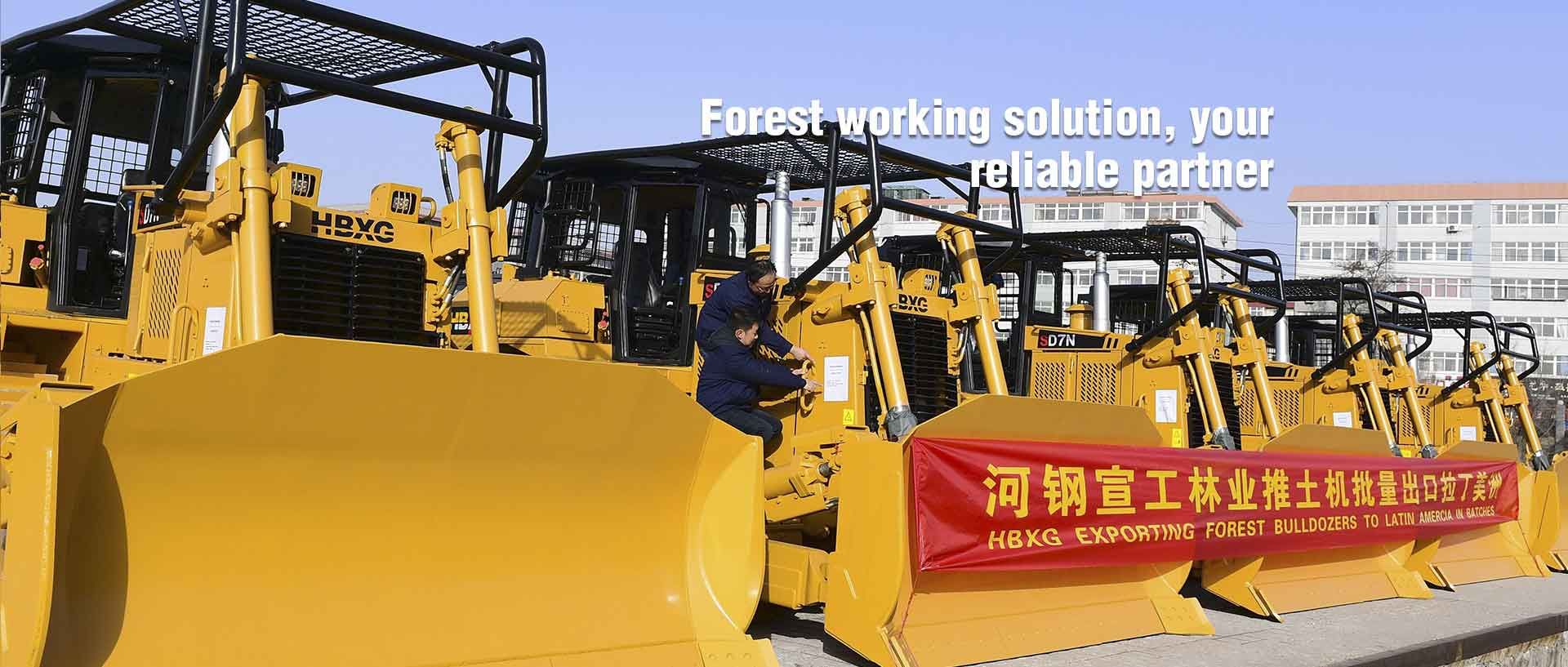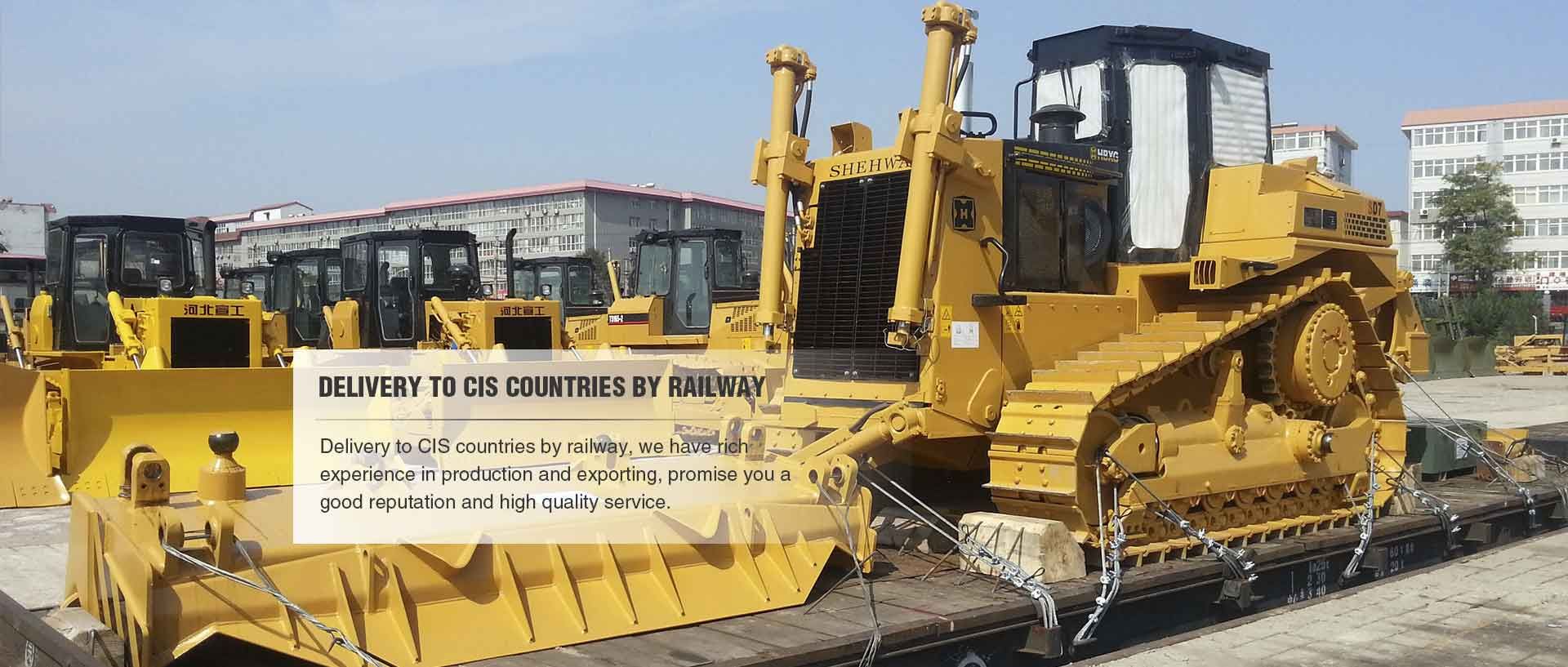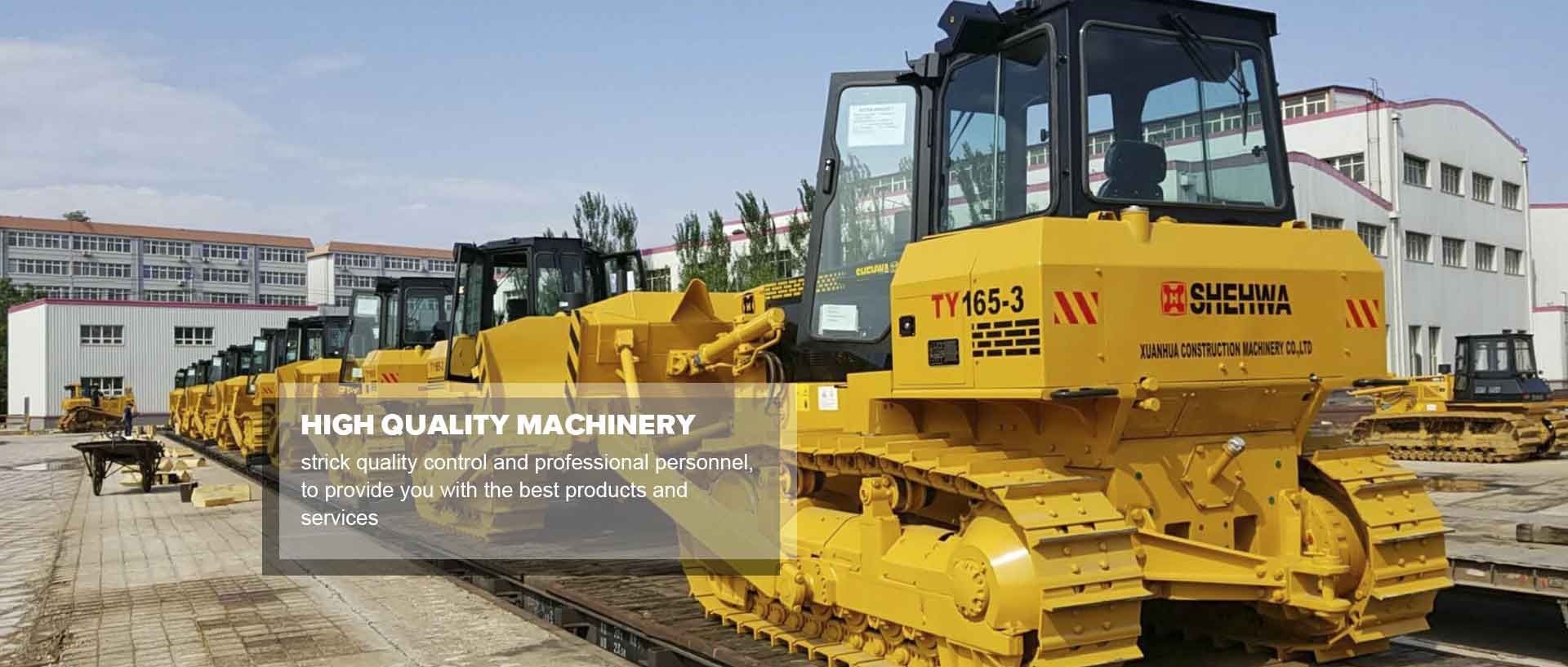What to Consider When Buying A Garden Cultivator
 Jun. 07, 2022
Jun. 07, 2022
Years ago, gardeners used manual plows to prepare the soil for planting. These products are still available today, but many gardeners opt for an electric tiller. A cultivator is not absolutely necessary for a productive garden, and over-tilling can actually damage the soil. However, it can be used to quickly turn over hard soil, make furrows, or prepare an annual vegetable garden bed. We take a look at what you need to prepare to get the best cultivator.
Garden size
The type of cultivator you buy depends largely on the size of your yard and your intended use. For a small garden of less than 1,500 square feet, you can use a small cultivator, sometimes called a cultivator. For a medium-sized garden, you may need a medium-sized cultivator with a 5-horsepower engine. For gardens larger than 5,000 square feet, you will need a heavy-duty cultivator with at least a 6-horsepower engine.
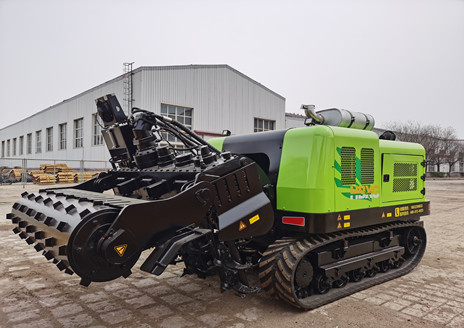
Using the site
How you plan to use the cultivator will also determine the type of machine you need. If you need to break up heavy clay for a new bed, consider buying or renting a large machine. Heavy-duty cultivators often come with attachments, such as a wood chipper or wagon. They are ideal for people who have large yards and many projects. The medium cultivator is suitable for breaking down loamy or sandy soils and for annual garden maintenance. The small cultivator is suitable for preparing established beds. Many small cultivators have attachments such as mid-tillers for weeding in the garden or on lawn edgers. Some of the smaller models are very powerful.
Maneuverability
Consider the ease of use of the cultivator. If you're a small woman, twisting a 200-pound tiller won't be pleasant. Many large tiller handles are bulky and difficult to turn or maneuver. On the other hand, they dig into hard clay soils better than lighter tillers, which tend to bounce off those surfaces. Medium-sized cultivators typically weigh 100 to 200 pounds, while small cultivators weigh 30 to 100 pounds. These cultivators can be easily picked up and turned.
Design
When you start buying a cultivator, you will hear a lot of discussion about front tine, rear tine, and counter-rotating tiller. The front tine tiller places the tines at the front of the machine and the wheels at the rear. The challenge with these cultivators is that the wheels roll over the ground you have just tilled, compacting it. The rear tine cultivator places the tines at the rear and the wheels at the front, thus eliminating the compaction problem. Reverse rotation machines have sharp tines moving in the opposite direction. All of these have their potential advantages and disadvantages, but most machines on the market today have rear tines.
Energy source
The type of fuel used cultivator varies depending on the size of the machine and the manufacturer. Two-stroke engines require a mixture of oil and gasoline, which can be a bit tricky. Four-stroke engines use unleaded gasoline and do not require a fuel mixture. There are several electric mini-tillers available. Simply plug them in and they are ready to go. These machines aren't always as powerful as gasoline engines, but they are quiet, simple and reliable.
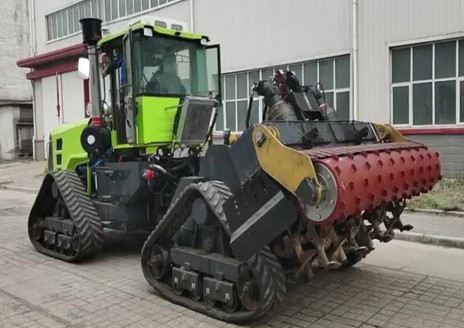
HBXG also has bulldozers for sale, please contact us if you need to buy them.















